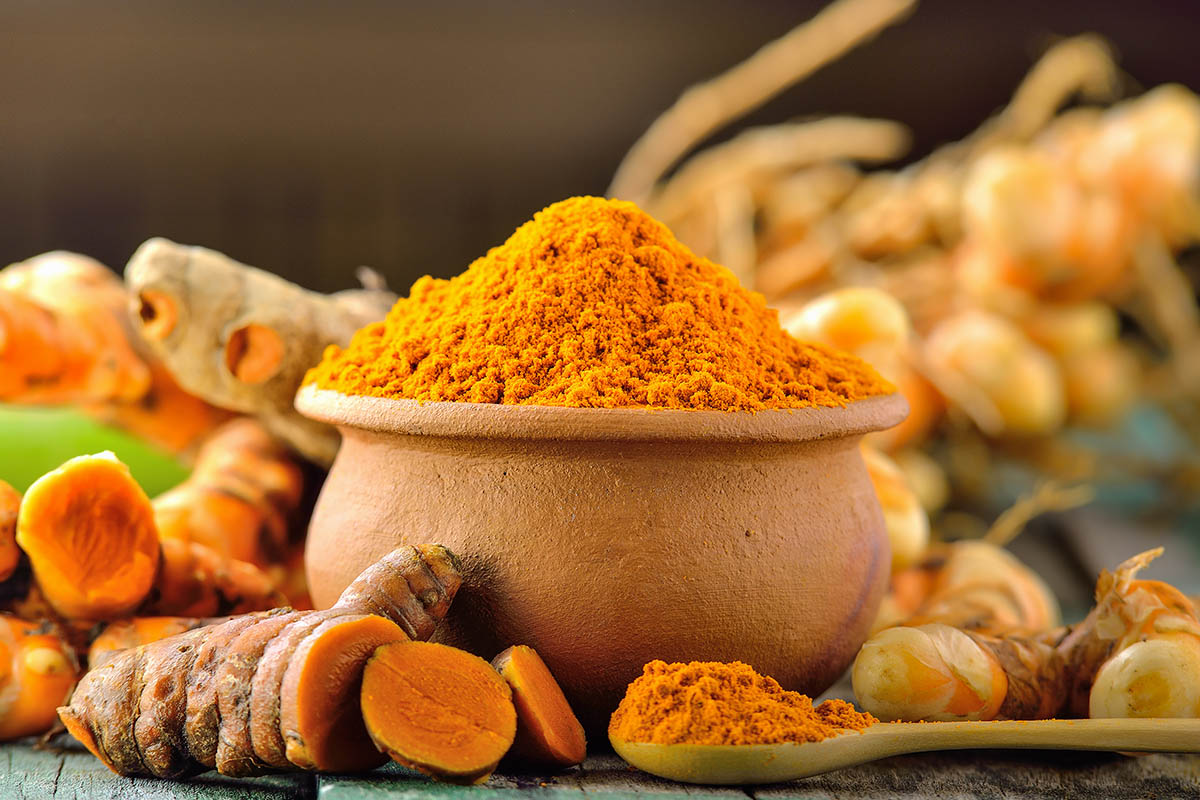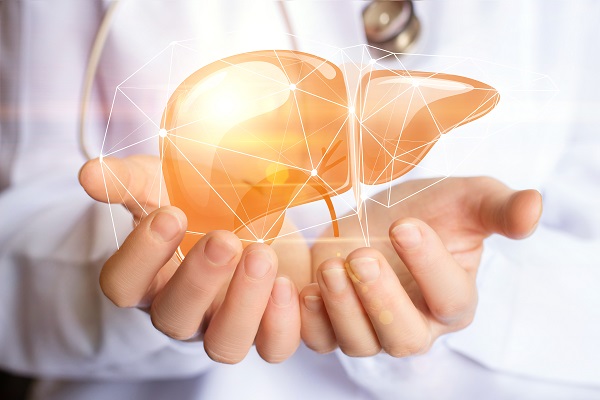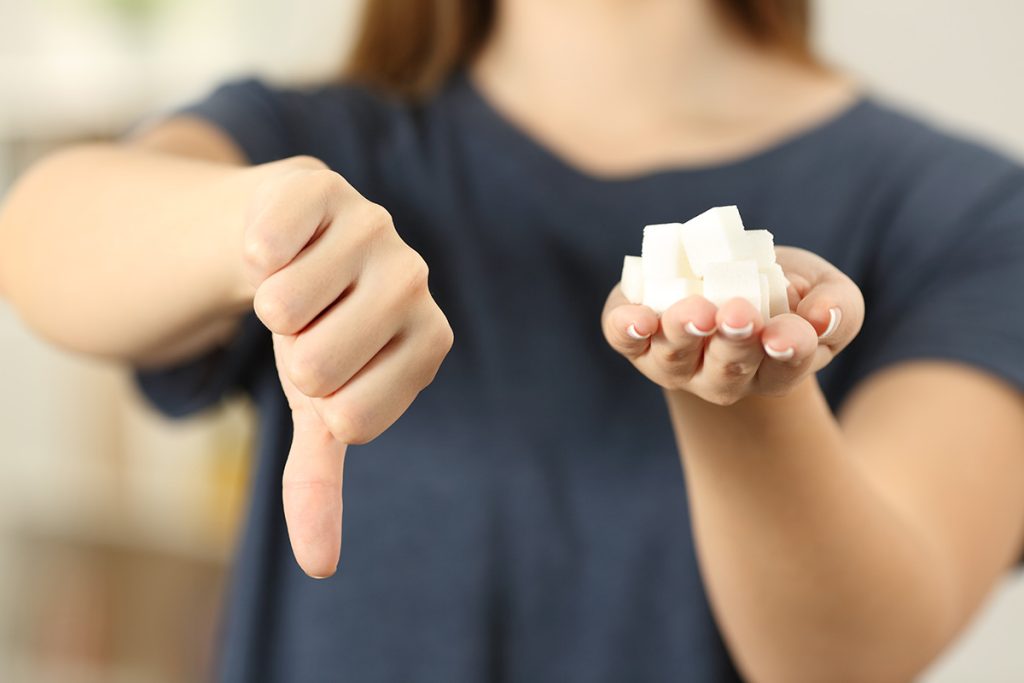
If you’ve been following this blog, you know I’ve been on a journey to slim down. And I can proudly say in the period of 2 months, I’ve dropped 15 pounds by primarily doing three things:
1. Walking hills every day for one hour.
2. Intermittent fasting – limiting my eating time to between 11 am and 7 pm.
3. Dramatically cutting refined sugar from my diet.
Realistically, giving up sugar is almost impossible because many foods we eat contain added sugar. In fact, the average American consumes 160 pounds of sugar every year. Not only are they empty calories, but evidence shows that consuming large amounts of sugar can lead to obesity and chronic disease. Regardless of your weight goals, limiting sugar should be on everyone’s radar for general health reasons.
Now, if you feel that chocolate cake is one of life’s greatest pleasures, there’s no need to stress. Limiting sugar does not mean you have to give up your sweet treats. Fortunately, there are alternatives to sugar that taste nearly identical. These alternatives are also zero carb and zero calories. And studies show that they may be good for you.
1). Monk Fruit Extract
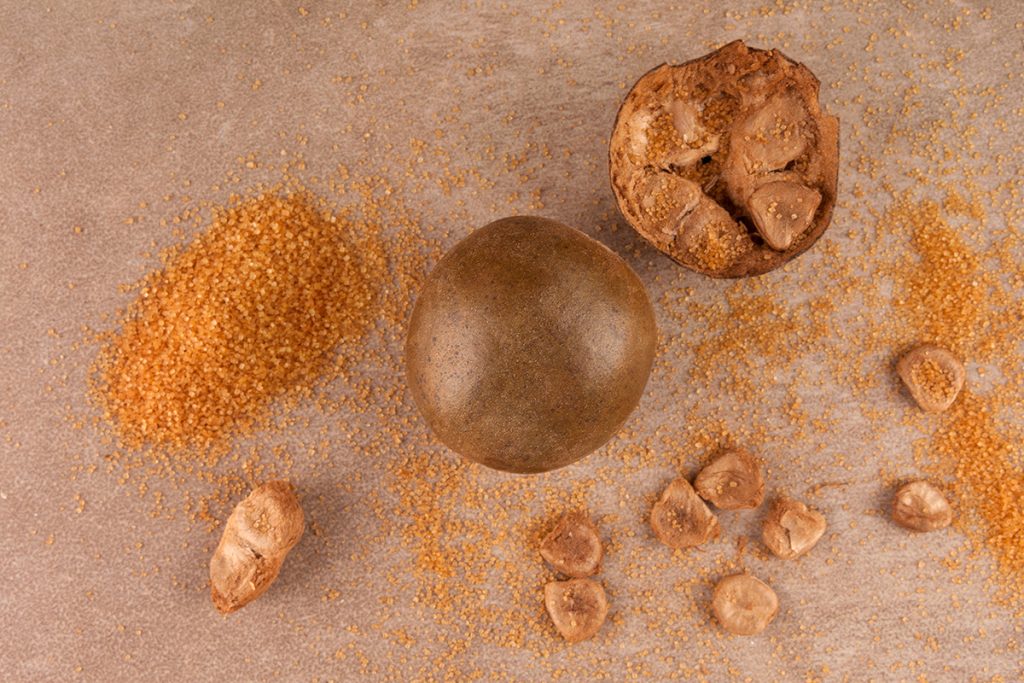
A natural sweetener getting lots of buzz lately is at the top of my alternative sugar list: monk fruit extract.
Monk fruit is a small green fruit native to Southeast Asia. It’s almost 200x sweeter than sugar, so a little bit goes a long way. Its extract is free of carbs and calories. It has a slight aftertaste but is less obvious than other alternative sweeteners.
I have found that it’s the best-tasting sugar alternative for baked goods and other recipes. It’s heat stable and can be used for cooking and baking recipes.
Monk fruit as an alternative to sugar is relatively new, so it doesn’t have a robust body of research supporting it. Still, there’s some evidence that monk fruit is good for you. Monk fruit extract contains antioxidant compounds known as mogrosides, which studies show may reduce inflammation markers. (1)
And two studies done in 2017 found that eating monk fruit extract doesn’t affect blood sugar or insulin levels. (2) You can find monk fruit extract at most health food and grocery stores. Before you purchase, check the ingredient label. Many brands combine other sweeteners that may negate its potential health benefits.
2). Stevia
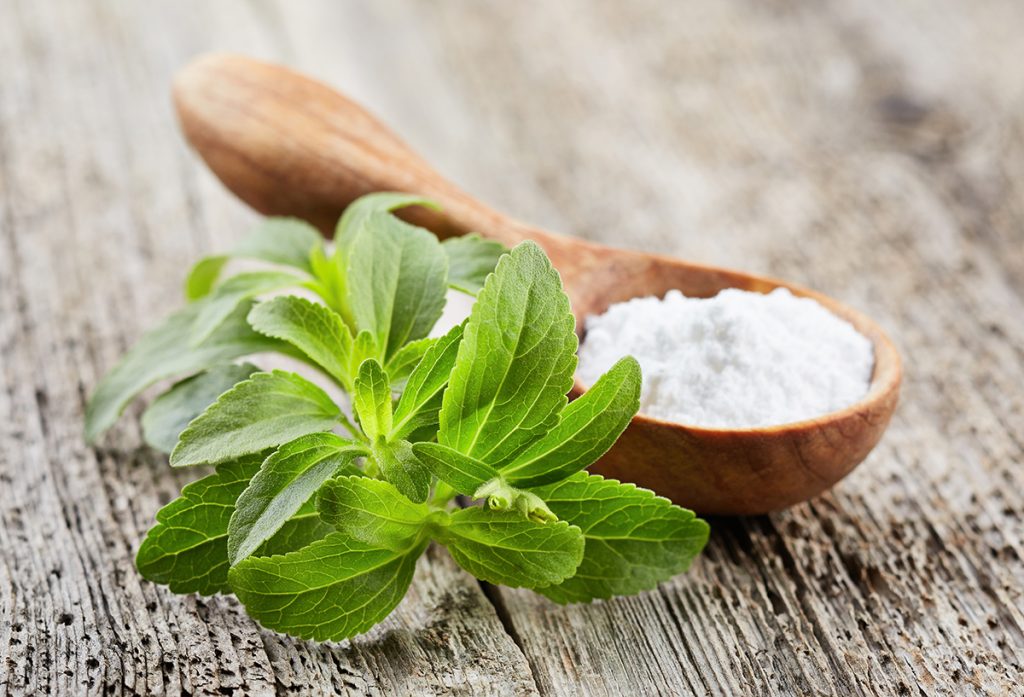
Stevia is becoming an increasingly popular low-calorie sugar alternative.
It comes from the leaves of a plant called Stevia rebaudiana grown for its sweetness. Gram for gram, Stevia is about 300 times sweeter than sugar. For that reason, Stevia has virtually no calories and carbs.
With a zero glycemic index, a few studies suggest that Stevia may help maintain healthy blood sugar levels. One small study found that it may lower insulin and blood glucose levels. (3)
Unlike some alternative sweeteners that break down at higher temperatures, Stevia is stable to 392 F, making it well suited to baking and cooking. One caveat, Stevia isn’t the perfect taste replacement for sugar. Some people find that it has a bitter aftertaste. And because it’s so much sweeter than sugar, it’s easy to over-sweeten your treats.
3). Erythritol
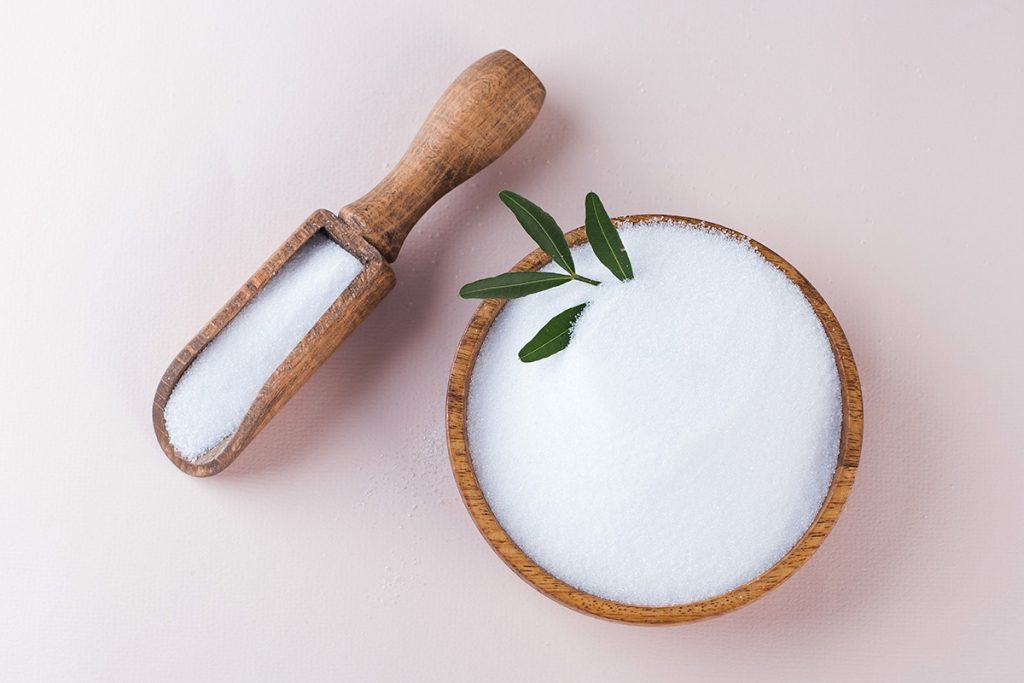
Erythritol is a sugar alcohol found in certain fruits like strawberries. It tastes very similar to sugar, although, to some, it has a mild aftertaste.
Erythritol has no calories and only 4g of carbs per teaspoon. It doesn’t spike your insulin or blood sugar levels, nor does it affect levels of cholesterol or triglycerides. (4)
Although it seems to be better tolerated than other sugar alcohols like xylitol, Erythritol may trigger digestive discomfort if you consume too much at once.
The most popular brand of Erythritol is Swerve. You can find Swerve in most grocery and box stores. Many chefs use it in a 1:1 ratio to sugar.
Recipe: Peanut Butter Cookies
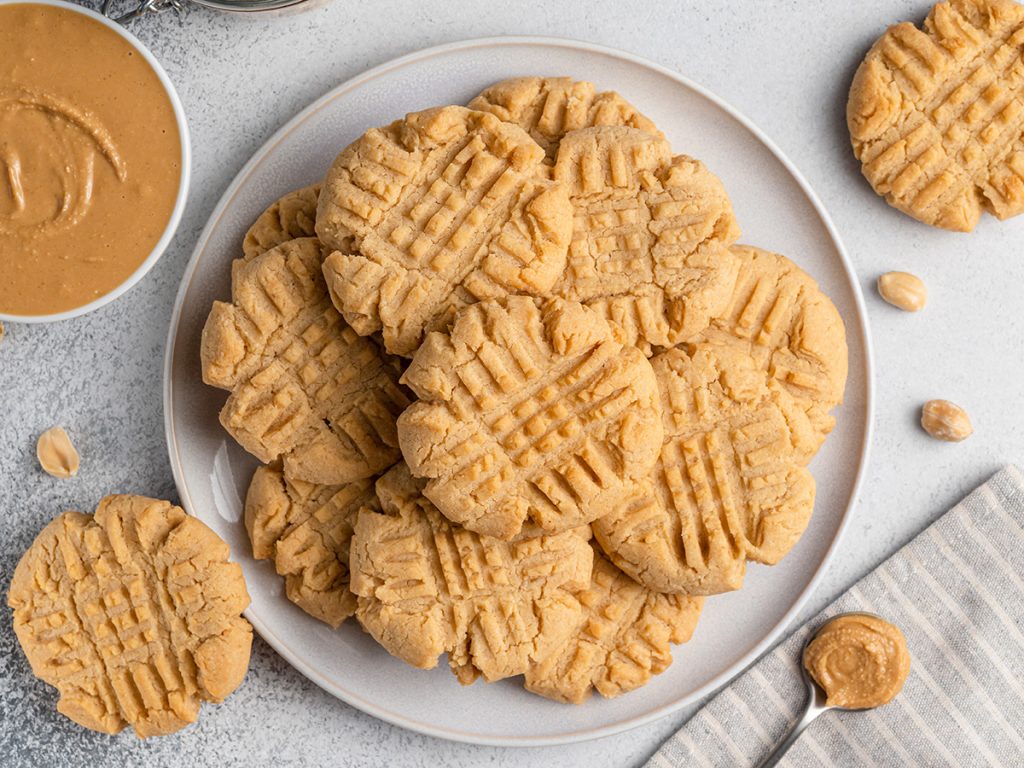
If you have a sweet tooth and are feeling tempted, try this amazing, simple recipe.
Ingredients:
• 1 cup of peanut butter
• 2/3 cup of monk fruit extract or Swerve
• 1 large egg
Instructions:
1). Preheat the oven to 350° F.
2). Line a large cookie sheet with parchment paper.
3). In a large mixing bowl, combine ingredients and mix very well.
4). Form 12 balls of dough, and place them on the lined cookie sheet.
5). Press each ball into a circular shape with a fork.
6). Bake cookies for 10 to 12 minutes.
7). Remove from oven and let cool completely.
TIP: You may be tempted to eat one while it’s hot. Don’t. You absolutely must let them cool completely. Otherwise, they will come apart, and you will be disappointed.
Nutrition Info:
Serves: 12 | Serving Size: 1 Cookie | Per Serving: 158 Calories, 13g Fat, 16g Carbohydrates, 3g Sugar, 1g Fiber, 7.5g Protein
How to Reduce Your Cravings for Sugar
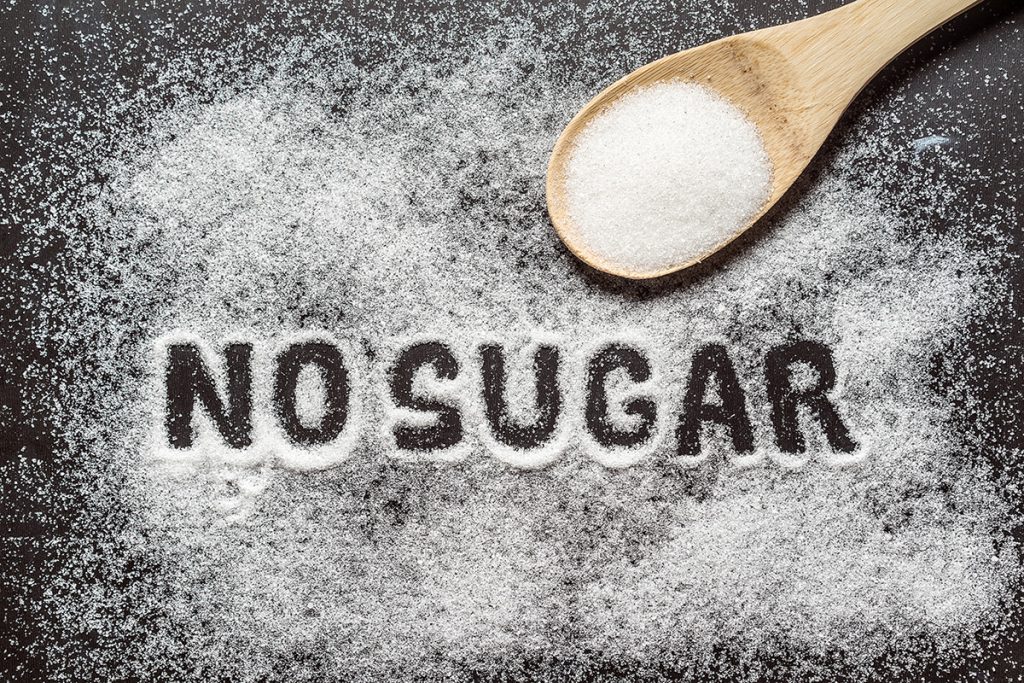
Your gut microbiome contains beneficial bacteria – also known as probiotics – that facilitate digestion. Your microbiome also contains harmful bacteria that tend to feed on sugar and increase your desire for sugar.
Sugar is highly addictive. The more refined sugar you eat, the more harmful microbes reproduce, making you crave sugar even more. (5)
By taking a quality probiotic like Dynamic Biotics™, the helpful microbes crowd out sugar-hungry bacteria and replace them with beneficial probiotics that crave food that’s good for you.
Probiotics are also known to help regulate hormones involved in appetite and help modulate insulin release. Taking Dynamic Biotics™ as directed gives you a powerful tool to help curb your sugar habit.
Sources:
1. Li Y, Zou L, Li T, Lai D, Wu Y, Qin S. Mogroside V inhibits LPS-induced COX-2 expression/ROS production and overexpression of HO-1 by blocking phosphorylation of AKT1 in RAW264.7 cells. Acta Biochim Biophys Sin (Shanghai). 2019 Apr 1;51(4):365-374. doi: 10.1093/abbs/gmz014. PMID: 0877761. | pubmed.ncbi.nlm.nih.gov/30877761/
2. Tey SL, Salleh NB, Henry J, Forde CG. Effects of aspartame-, monk fruit-, stevia- and sucrose-sweetened beverages on postprandial glucose, insulin and energy intake. Int J Obes (Lond). 2017 Mar;41(3):450-457. doi: 10.1038/ijo.2016.225. Epub 2016 Dec 13. PMID: 27956737. | pubmed.ncbi.nlm.nih.gov/27956737/
3. Anton SD, Martin CK, Han H, Coulon S, Cefalu WT, Geiselman P, Williamson DA. Effects of stevia, aspartame, and sucrose on food intake, satiety, and postprandial glucose and insulin levels. Appetite. 2010 Aug;55(1):37-43. doi: 10.1016/j.appet.2010.03.009. Epub 2010 Mar 18. PMID: 20303371; PMCID: PMC2900484. | ncbi.nlm.nih.gov/pmc/articles/PMC2900484/
4. Regnat K, Mach RL, Mach-Aigner AR. Erythritol as sweetener-wherefrom and whereto? Appl Microbiol Biotechnol. 2018 Jan;102(2):587-595. doi: 10.1007/s00253-017-8654-1. Epub 2017 Dec 1. PMID: 29196787; PMCID: PMC5756564. | ncbi.nlm.nih.gov/pmc/articles/PMC5756564/
5. Judkins, T.C., Oula, ML., Sims, S.M. et al. The effect of a probiotic on gastrointestinal symptoms due to menstruation in healthy adult women on oral contraceptives: randomized, double-blind, placebo-controlled trial protocol. Trials 23, 481 (2022). | link.springer.com/article/10.1186/s13063-022-06410-w



